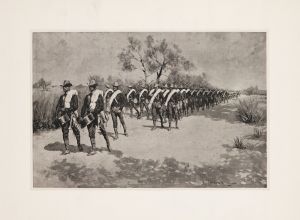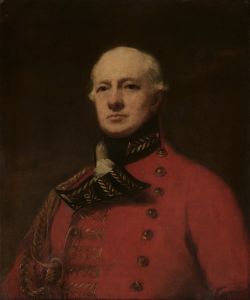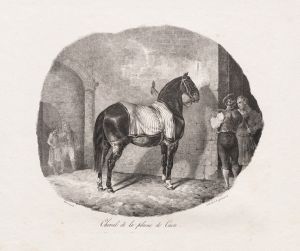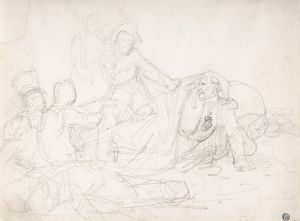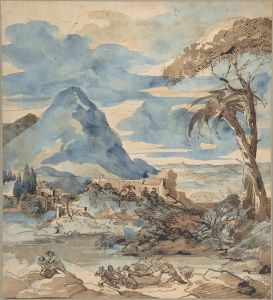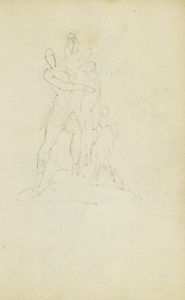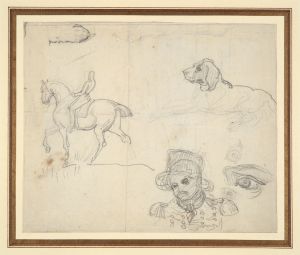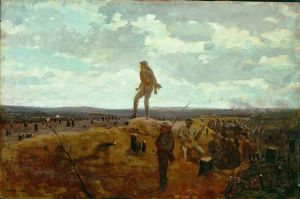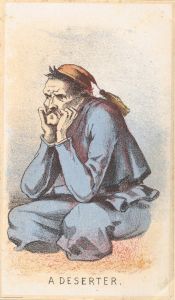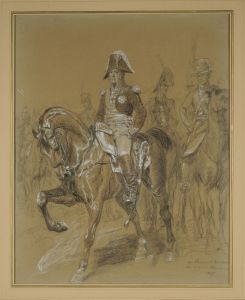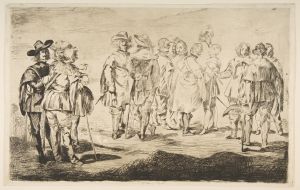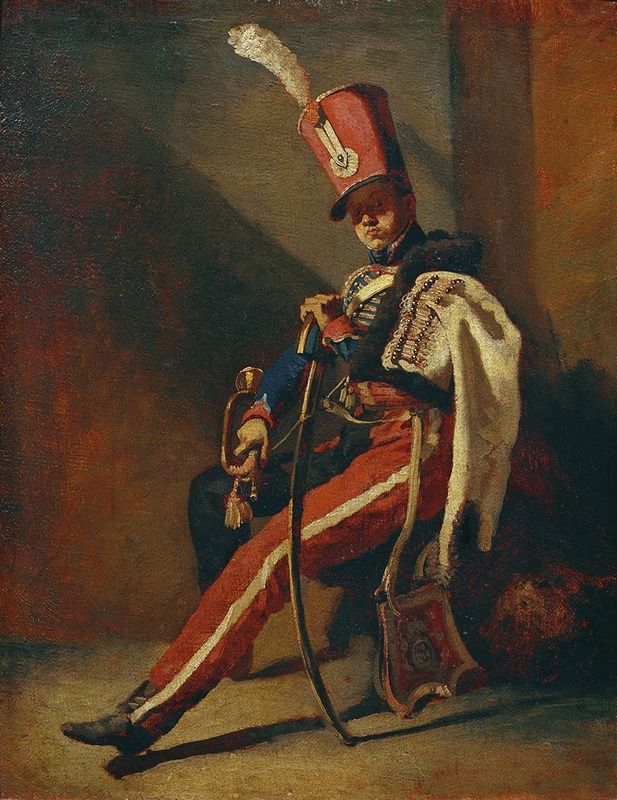
Der Trompeter der Orleans-Husaren
A hand-painted replica of Théodore Géricault’s masterpiece Der Trompeter der Orleans-Husaren, meticulously crafted by professional artists to capture the true essence of the original. Each piece is created with museum-quality canvas and rare mineral pigments, carefully painted by experienced artists with delicate brushstrokes and rich, layered colors to perfectly recreate the texture of the original artwork. Unlike machine-printed reproductions, this hand-painted version brings the painting to life, infused with the artist’s emotions and skill in every stroke. Whether for personal collection or home decoration, it instantly elevates the artistic atmosphere of any space.
Théodore Géricault, a prominent French Romantic painter, is best known for his dramatic and emotive works, including "The Raft of the Medusa." Among his lesser-known paintings is "Der Trompeter der Orleans-Husaren" ("The Trumpeter of the Orleans Hussars"), a work that reflects his fascination with military subjects and the heroic imagery associated with the Napoleonic era.
This painting depicts a trumpeter of the Orleans Hussars, a cavalry regiment of the French army. The figure is shown mounted on horseback, dressed in the distinctive uniform of the hussars, which typically included a dolman (a short, fitted jacket), a pelisse (a fur-trimmed overjacket), and a shako (a tall military cap). The trumpeter's posture and expression convey a sense of pride and readiness, emphasizing the romanticized view of military life that was prevalent during Géricault's time.
Géricault's interest in military themes was influenced by the Napoleonic Wars, which had a profound impact on French society and culture. His works often celebrated the bravery and individuality of soldiers, while also exploring the human cost of war. In "Der Trompeter der Orleans-Husaren," the artist's attention to detail and dynamic composition highlight his skill in capturing movement and emotion.
The painting is notable for its vibrant use of color and dramatic contrasts of light and shadow, hallmarks of Géricault's style. The horse, a recurring subject in his oeuvre, is rendered with great anatomical precision and vitality, reflecting the artist's deep study of equine anatomy. This focus on the horse as a central element underscores the close relationship between cavalrymen and their mounts, a theme that Géricault explored in other works as well.
While "Der Trompeter der Orleans-Husaren" is not as widely recognized as some of Géricault's other paintings, it remains an important example of his early Romantic style and his engagement with themes of heroism and individuality. The painting is housed in the Kunsthalle Bremen in Germany, where it continues to be appreciated for its artistic and historical significance.
This work exemplifies Géricault's ability to combine technical mastery with a deep emotional resonance, making it a valuable contribution to the Romantic movement in art.





